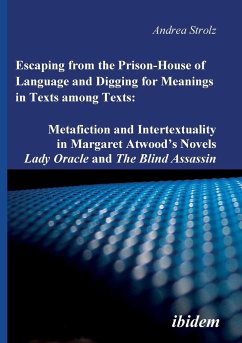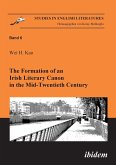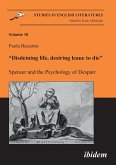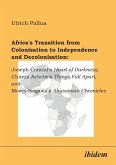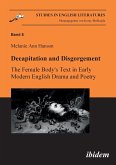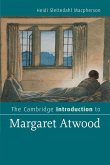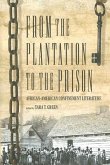Margaret Atwood's novels are photographs of her characters' lives: while words only ever describe her protagonists blurred visions of their pasts, their 'true' stories are told in subtexts which run parallel or even contrary to the main story line and which depict the unseen, the buried, the 'untrue'. Replete with intertextual references, her fiction illuminates that and why "[w]hat isnt there has a presence, like the absence of light" (The Blind Assassin). She plays with our conventional modes of perception to make us aware of the way we frame reality in our minds. In her book, Andrea Strolz discusses the interrelation between metafictional and intertextual features in two of Atwood's novels that share many similarities, even though written in different decades. She examines how Atwood weaves intertextual references into her fiction, how she facilitates a reader's recognition of the intertexts, and she shows that Atwood's narrator-prota-gonists also reflect on our age as oneof intertextuality.
Bitte wählen Sie Ihr Anliegen aus.
Rechnungen
Retourenschein anfordern
Bestellstatus
Storno

